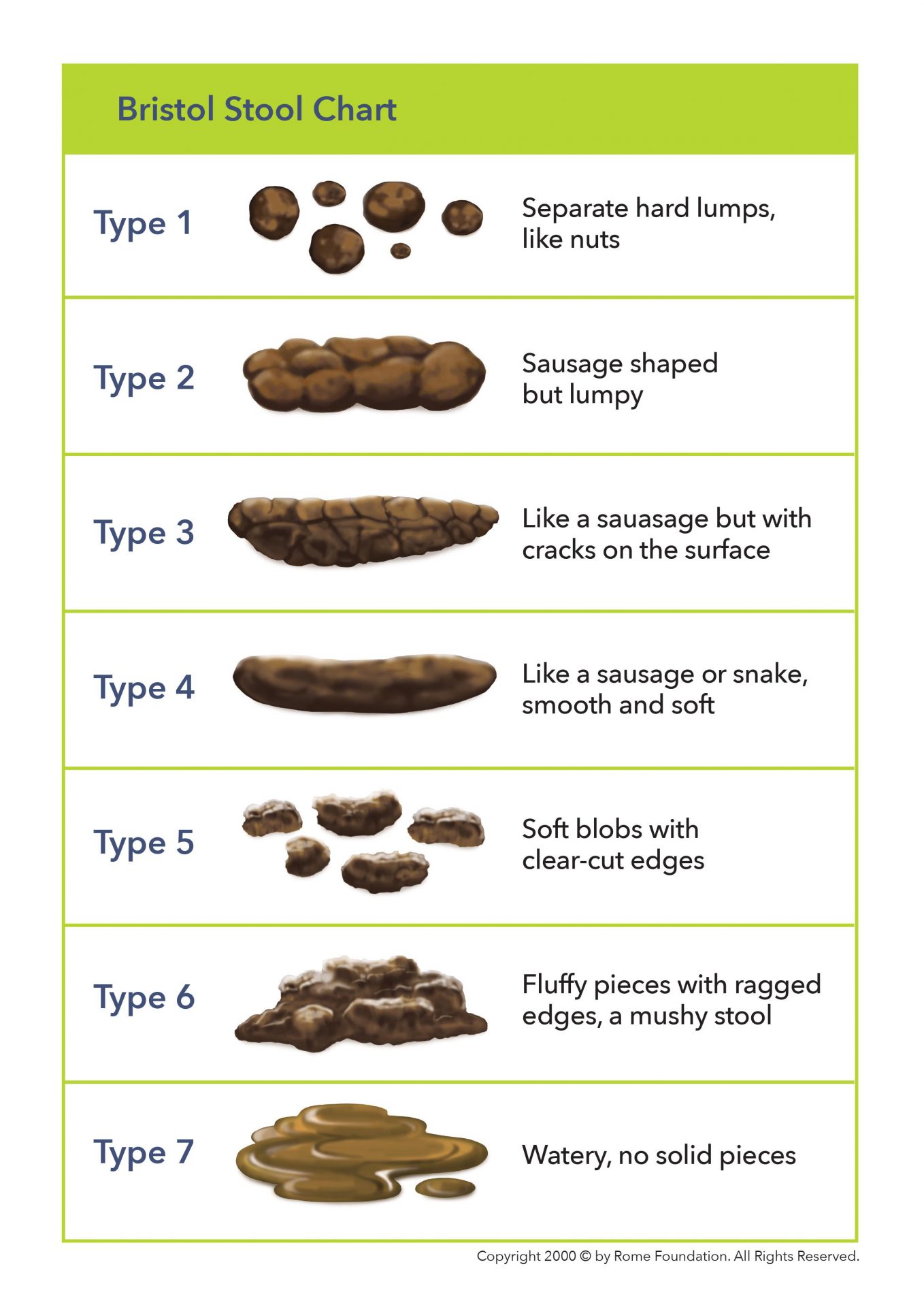Checking your poo is one of the best ways to prevent bowel cancer and monitor your overall health. Here’s an expert guide on how to do it.
Poo always feels like an awkward thing to talk about – more awkward than sex, periods or other topics that are generally stigmatised. But it shouldn’t be – it’s something we all do and it’s one of the best ways to keep track of your health and wellbeing.
Plus, it could help you detect early signs of bowel cancer, something Dame Deborah James, who has terminal bowel cancer, has been campaigning to increase awareness of for many years.
You may also like
7 science-backed tips for improving your gut health – and none of them are on TikTok
You probably know that it’s important to check your boobs, but the same is true for your poo. “There’s a real taboo surrounding poo, but your poo is an indication of your health in many ways,” says Julie Thompson, information manager at Guts UK Charity. “It’s important to look at your poo, know what is your ‘normal’ and talk to your doctor about anything unusual for you.”
Thompson has shared everything you need to know about checking your poo and making sure it’s healthy in this simple guide…
What shape should a healthy poo be?
The first thing to check is the shape of your poo. “Stools that look like a sausage, either smooth and soft or slightly cracked on the surface are normal,” Thompson says. “Unhealthy poo may look a little more like diarrhoea or constipation. You may be constipated if your stool is hard and looks like boulders stuck together.”
It’s normal to be constipated from time to time, and it’s probably nothing to worry about if your symptoms only last a few days. “Your constipation may be more severe if the poo is hard, difficult to pass and forms separate, hard lumps,” Thompson explains.
You should also keep an eye out for diarrhoea: “Severe diarrhoea tends to be watery, and often comes with an urgency to empty the bowels. If the diarrhoea is more long-term (over four weeks) then you should see your doctor for tests to identify the cause.”

You may also like
Deborah James announces her second book as Bowelbabe fund raises over £6.3 million
What colour should a healthy poo be?
“Brown is the normal, healthy colour of poo. Poo that is brown means the gut is healthy, if no other symptoms occur,” Thompson says. “From time to time, it can be a little lighter or darker depending on what you eat. Seeing pieces of food in your poo is normal too.”
“Red poo can be caused by beetroot and red food dye in food and drinks, but could also indicate bleeding in the bowel,” she explains. Where you have red poo and the cause is not food or drink related, you should always discuss this with your doctor. Blood in your poo is something that would also require investigating further by your doctor.”
Orange poo could also be the result of the foods you’ve eaten but it could also indicate a condition called bile acid malabsorption.
“Yellow stools can be caused by too much fat inside the poo, which can occasionally be caused by medicine. You might also find that your poo floats and can be described as ‘greasy’,” Thompson continues “But it can also be an indication of coeliac disease, pancreatic exocrine insufficiency and pancreatitis. Those with type 1 diabetes or type 3c diabetes may experience this too.”
Silver poo is very rare but, according to Thompson, this should be discussed with your doctor urgently as it may be a symptom of cancer. This kind of cancer develops in the tubes leading from the gallbladder and pancreas.
You may also like
Why it’s so important to regularly check your boobs (and how to do it)
How often should you check your poo?
How often you check your poo will depend on how often you go, but you should look as often as you can – every time you go ideally. “Checking your poo regularly is important, as it’s crucial to know what is ‘normal’ for you and then if the colour, consistency or frequency of your stool changes, you can explain to your doctor the recent changes you might have experiences,” Thompson says.
If you’re concerned about your poo, speak to your doctor. “As well as the colour and consistency of your poo, how frequently you are emptying your bowels is also important,” Thompson adds, explaining that the signs of constipation are having a poo less than three times a week, straining or being in pain when you poo or poo that may be hard, lumpy, large, dry or pellet-like. “If making lifestyle changes like drinking more fluids and eating more fibre do not help your constipation, talk to your GP,” she says. Diarrhoea is having a poo more than 2-3 times a day, and there may be an urgency to empty your bowels and your stools become loose, mushy or watery. If diarrhoea continues for longer than four weeks, this is referred to as ‘chronic’ diarrhoea and should be investigated by a GP.
How to talk to your GP about poo
People feel particularly embarrassed when talking about their bowel movements, even to a doctor who, as they’ll probably tell you, will have heard much worse. It’s important when speaking to your GP that you don’t beat around the bush – don’t use synonyms for poo or try and avoid talking about it directly. The best way for you to get a diagnosis and help is by being honest and clear.
If you do start to see problems with your poo, you could even start to make a note of the issues each day to prepare for your doctor’s visit. But don’t delay – you should see a doctor as soon as you start to notice any of the issues discussed above.
Head to the Strong Women Instagram page for more health and fitness news, tips and information.
Images: Getty; Guts UK Charity
Source: Read Full Article
